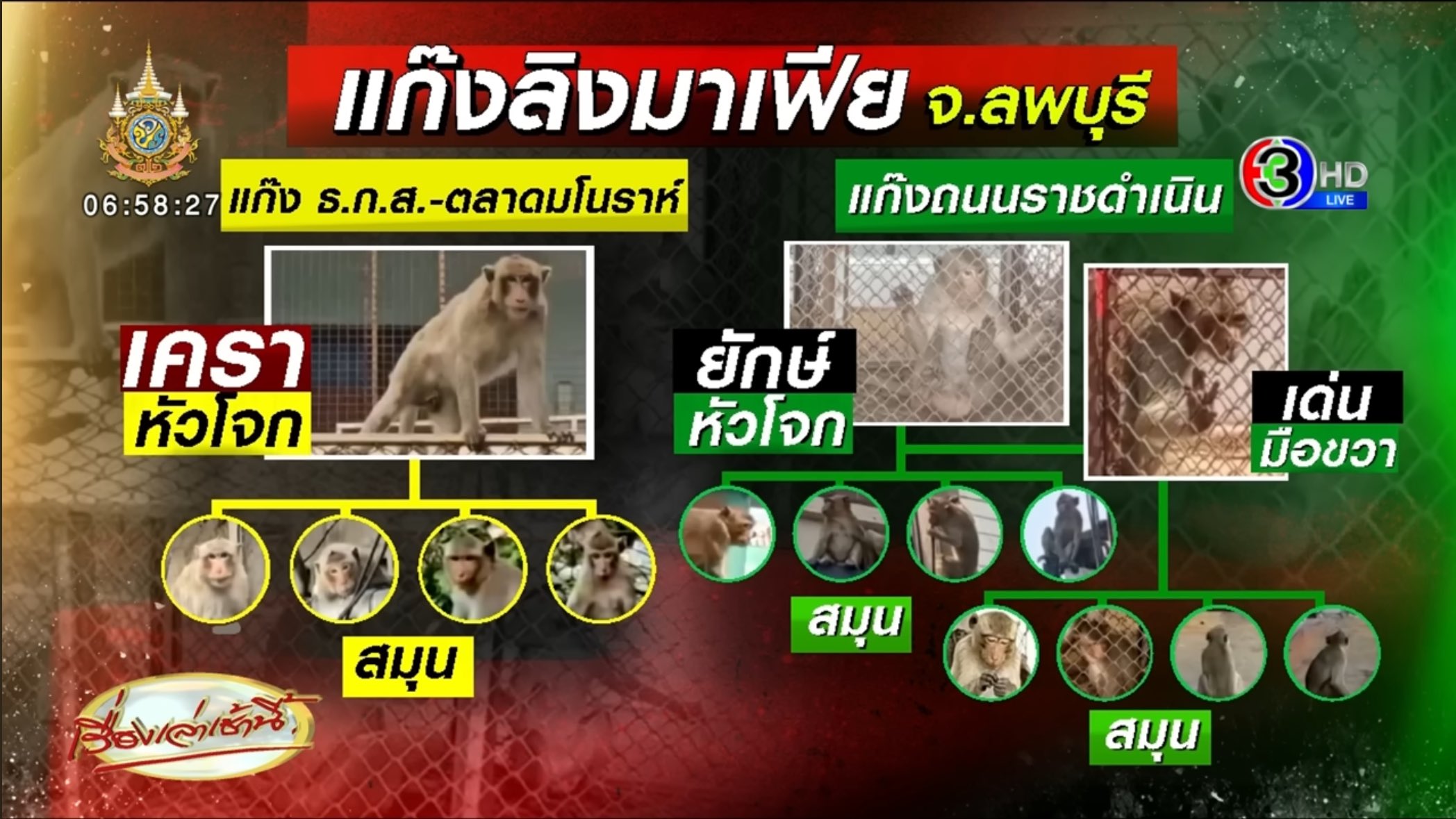The Beast of Gévaudan is the historical name associated with the man-eating gray wolf, dog or wolfdog that terrorized the former province of Gévaudan, in south-central France between 1764 and 1767.
The attacks, which covered an area stretching 90 by 80 kilometres (56 by 50 mi), were said to have been committed by a beast or beasts that had formidable teeth and immense tails according to contemporary eyewitnesses.
Victims were often killed by having their throats torn out. The Kingdom of France used a considerable amount of manpower and money to hunt the animals, including the resources of several nobles, soldiers, civilians, and a number of royal huntsmen.
The number of victims differs according to sources. In 1987, one study estimated there had been 210 attacks; resulting in 113 deaths and 49 injuries; 98 of the victims killed were partly eaten. However, other sources claim it killed between 60 and 100 adults and children, as well as injuring more than 30.
According to modern scholars, public hysteria at the time of the attacks contributed to widespread myths that supernatural beasts roamed Gévaudan, but deaths attributed to a beast were more likely the work of a number of wolves or packs of wolves.
{ Wikipedia | Continue reading }
The Beast preyed almost entirely on women and children living in isolated cottages and hamlets, often as they tended animals or gathered crops in open fields. Men and cattle were not to its liking. Nor, it seemed, were sheep and goats. […]
Sometimes La Bête attacked several times in one day or on successive days, often leaving the victim uneaten. Some witnesses said that it wore an armoured hide, perhaps that of a boar. One surviving victim claimed the beast walked on two legs. Several witnesses saw a man with La Bête.
{ History Today | Continue reading }
The king sent his own gun-bearer and bodyguard, François Antoine. Along with his son and a detachment of men, Antoine traipsed around the forested countryside in search of the beast. In September 1765, he shot and killed a large wolf. He had the body sent to the court at Versailles, received a reward from Louis XV, and accepted the villagers’ gratitude
Two brief months later the attacks recommenced.
For another 18 months, something continued to stalk the villagers of Gévaudan, with a reported 30 to 35 fatalities in that period. […]
Jean Chastel was a local farmer involved in a previous hunt, and thrown in prison [with his son Antoine Chastel] by François Antoine for misleading his men into a bog.
{ Smithsonian | Continue reading }
There were no killings when Jean and Antoine Chastel were in prison. The attacks resumed when they were liberated, and stopped only when Jean Chastel killed the animal.
{ Loren Coleman/FATE | Continue reading }
A 2009 investigation uncovered a potential culprit, Jean Chastel, the man said to have killed the second beast in June 1767. The investigators wondered how Chastel, a farmer, shot La Bête dead when the region’s finest wolf hunters could not. They concluded that La Bête must have been still for sometime, when Chastel shot it. It did not run from, or at, Chastel. Was La Bête tethered? Was this man its keeper?
As for motive, some have suggested that Chastel, or one of his sons, was a serial killer, and La Bête their way of covering up the crimes. Others claim that Chastel’s son had a hyena in his menagerie and a huge red mastiff that sired the monstrous offspring with a female wolf. […]
The body of the animal Chastel shot was taken to Versailles. By the time it reached the king the carcass had rotted and was ordered to be destroyed.
{ History Today | Continue reading }
Jean Chastel’s son Antoine was said to have lived as a hermit on Mount Mouchet, with a menagerie of beasts, including a hyena. Cryptozoologists have speculated that Antoine Chastel might have used this animal to attack the young boys and girls.
{ Loren Coleman/FATE | Continue reading | Note: “Fate is a U.S. magazine about paranormal phenomena” }
















